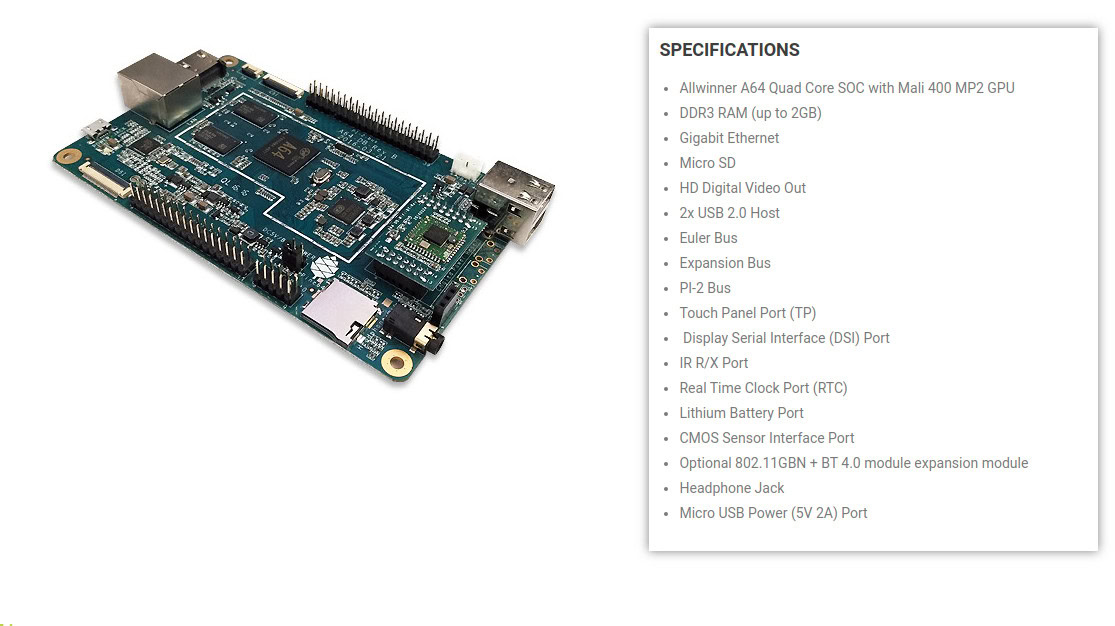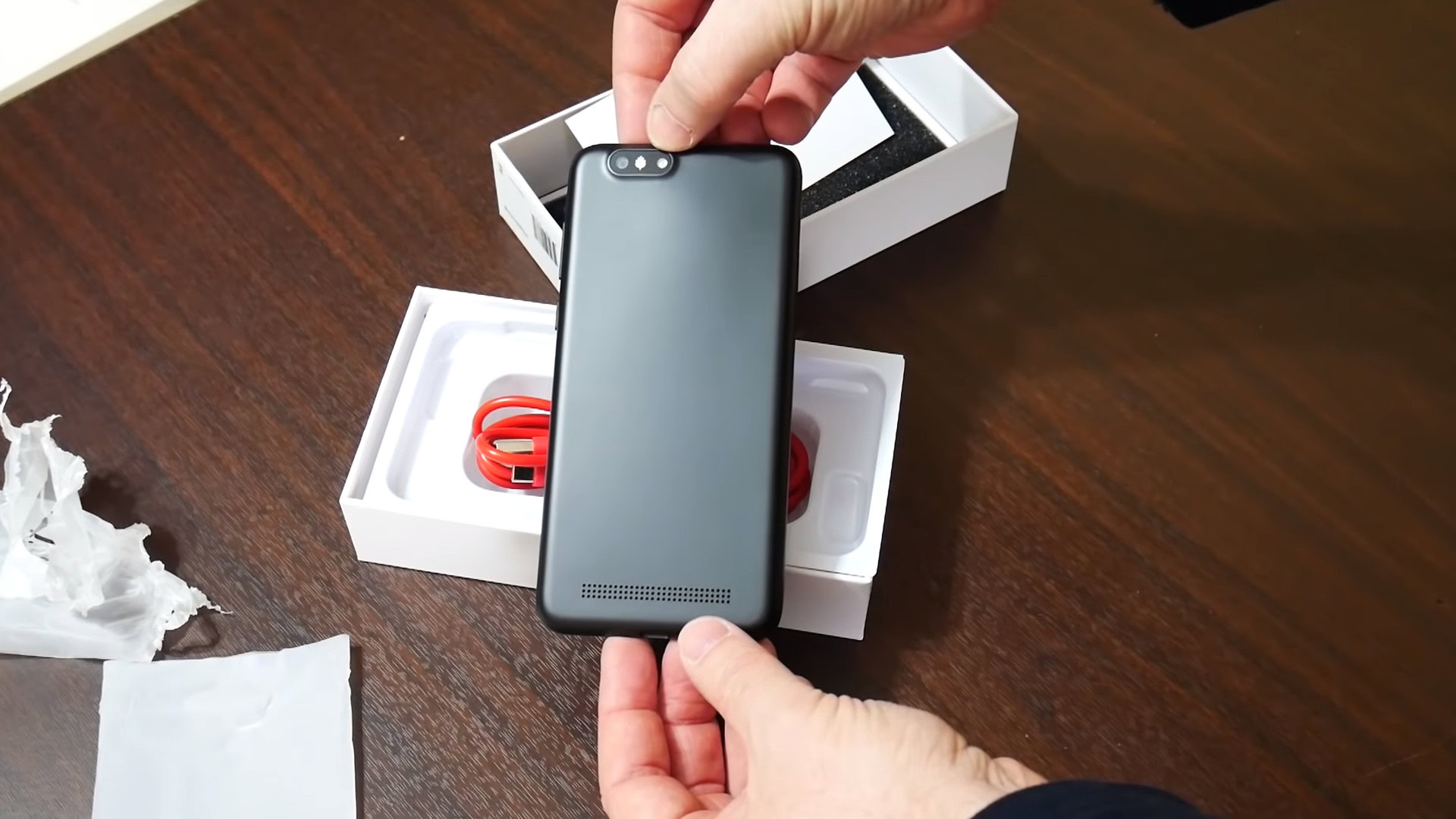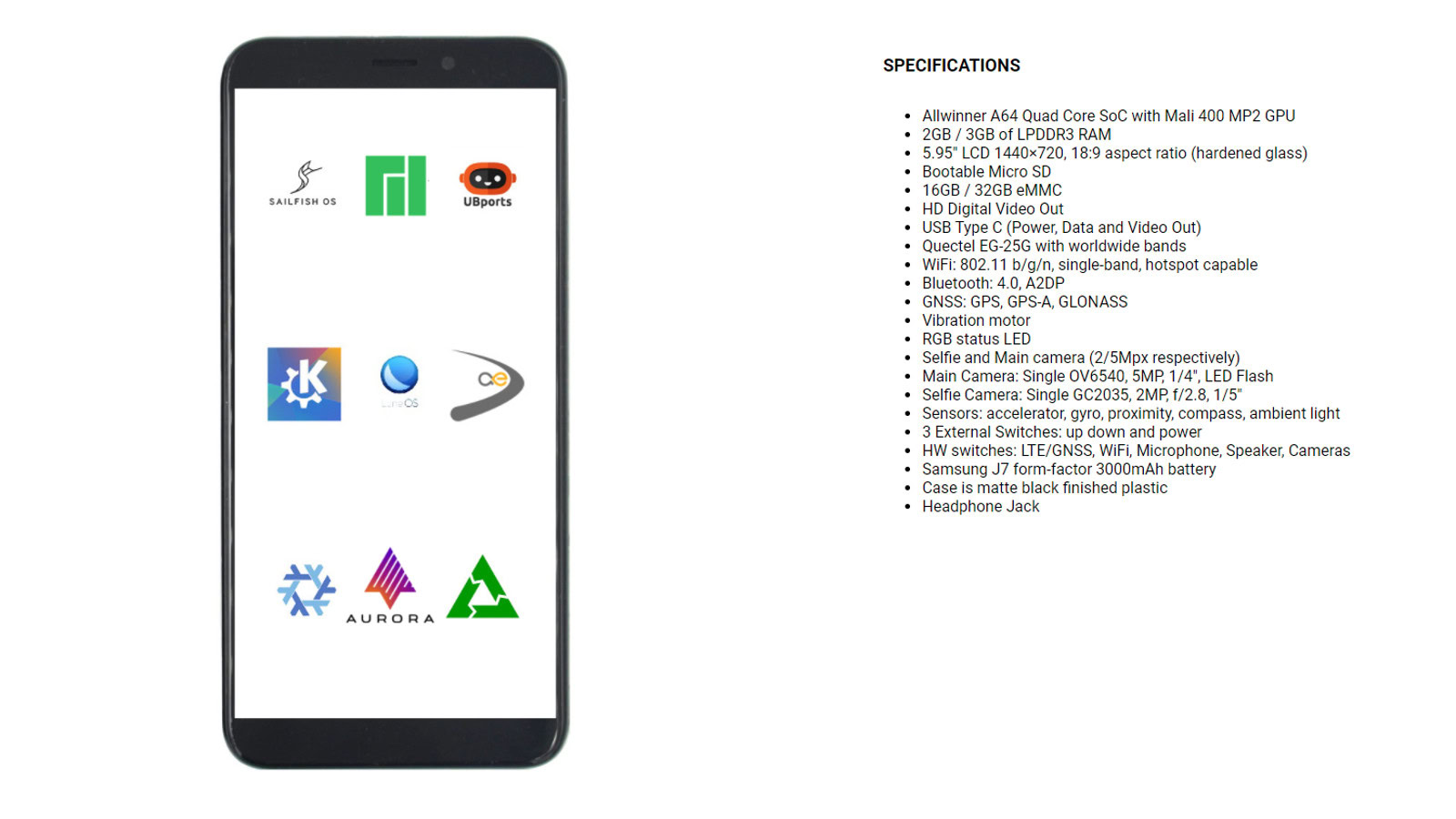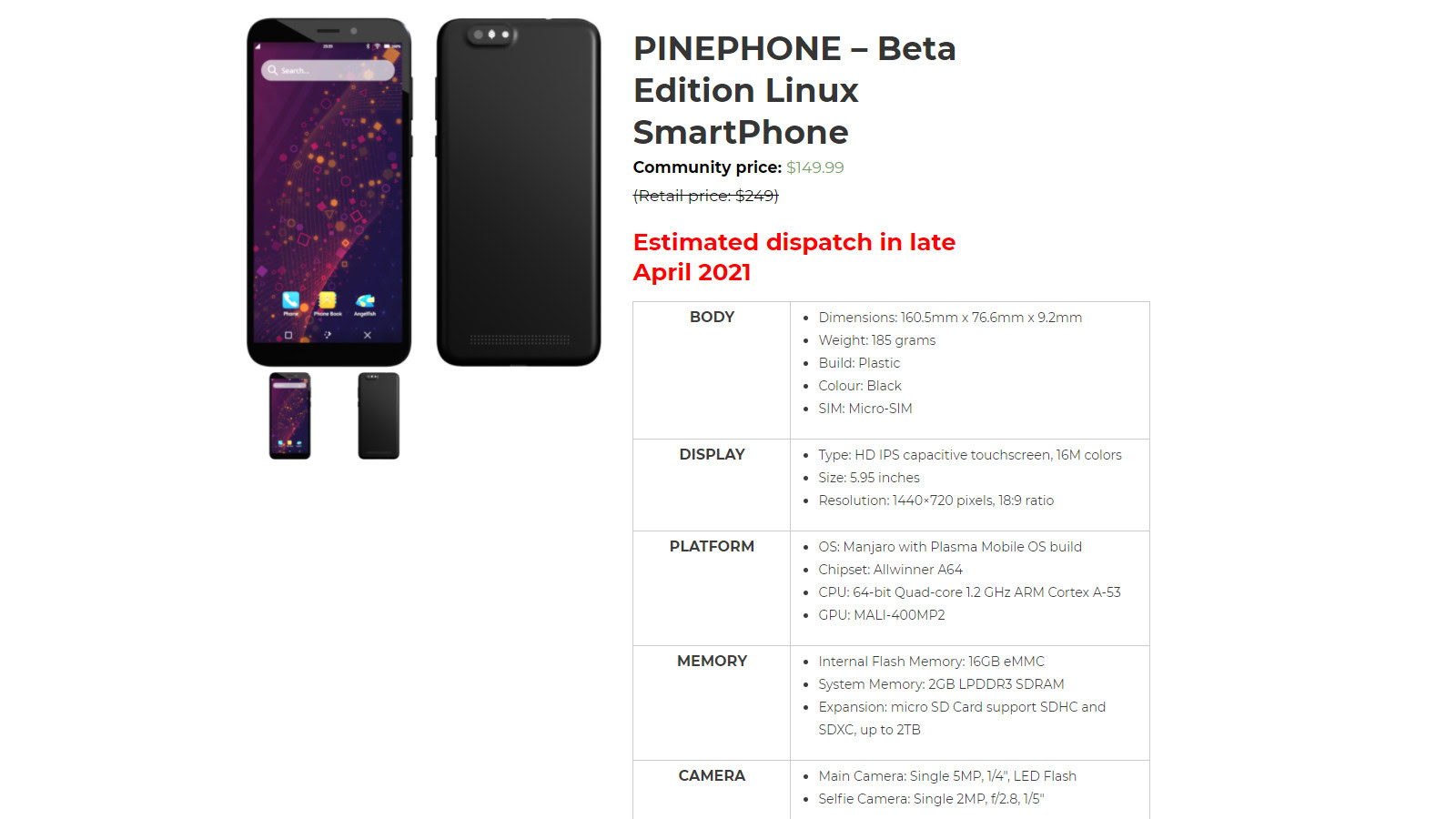Affiliate links on Android Authority may earn us a commission. Learn more.
PinePhone: Everything you need to know about the $150 Linux phone
It’s no secret that two operating systems hold the lion’s share of the mobile market — Android and iOS. This current duopoly doesn’t give users much choice in the way of OS offerings, even though there is no shortage of hardware. In the past, Microsoft tried to break into the market to no avail, and HUAWEI will release its own offering soon enough.
But what if there was another alternative, one that’s more privacy-respecting and encourages tinkering? Enter the PinePhone by PINE64. This device is meant to be a unique alternative to Android and iOS devices, although it isn’t aimed at the mass market.
The company behind the PinePhone

PINE64 is a small, community-driven company that specializes in developing Arm devices. It began by producing single-board computers similar to the Raspberry Pi. Eventually, the company also started developing laptops that run on these single-board computers, and now the company is branching into the mobile phone market — hence the PinePhone. PINE64 has also released a developer-friendly smartwatch and a tablet, but those are conversations for another day.
What exactly is the PinePhone?
The PinePhone is a fully open-sourced smartphone, and it is PINE64’s most ambitious project to date. And unlike most devices you can get buy today, PINE64 didn’t design the PinePhone to run Android or iOS. The company developed the device to run Linux.
The device is currently available to pre-order with the Manjaro Linux distribution, along with the Plasma Mobile interface. Some other possibilities include Sailfish OS, LuneOS, and more. In fact, PINE64 previously shipped versions of the phone with Ubuntu Touch and PostMarket OS in 2020.
The PinePhone may be a little too complicated for the average consumer.
Users can choose which platform best suits their needs instead of simply using the one manufacturers want them to use. That means, depending on what OS they choose, they may have a vastly different experience from someone else who chooses a different OS for their PinePhone.
On the flip side, users have to load their preferred operating system on the device themselves if they don’t care for the preinstalled OS. This could potentially make the PinePhone a little too complicated for the average consumer. Again, PINE64 has previously sold a version with alternative platforms, so hopefully, we see them continue this trend.
What about the specs?
The PinePhone comes in at a starting price of $150, and the specs match that price tag. It will come with the Allwinner A64 quad-core SoC, Mali 400 MP2 GPU, 2GB of RAM, 16GB of expandable storage, and a “2,750mAh to 3,000mAh” battery.
The display will be a 5.95-inch 1,440×720 LCD panel. The rear camera will tout a 5MP shooter, while the selfie camera sports a measly 2MP sensor.
More reading: The rise and fall of Android’s biggest competitors over the last decade
It will also include a USB-C charging port, a headphone jack, and a plastic chassis. Altogether, the device will weigh about 185 grams. Needless to say, you shouldn’t get this device if you are looking for a flagship phone experience.
If you do need a little more oomph though, PINE64 is also selling a $200 model which ups the RAM to 3GB and gives 32GB of storage. This model also comes with a USB-C dock.
Will it run my favorite mobile apps?
The answer to this question is not as simple as we might hope. Depending on which OS you choose, you will get access to vastly different application libraries. Some of the supported operating systems, such as the preinstalled Manjaro platform, aim to include comprehensive Linux app support. Others want to develop their own mobile app ecosystem.
Thanks to Ubuntu Touch’s emphasis on web apps, you’re getting a pretty solid mobile experience in theory if you install this OS on your phone. Sailfish OS’ native apps leave much to be desired on the other hand, but it allows users to install some Android apps on specific devices. For what it’s worth, Sailfish OS 4 offers an Android compatibility layer based on Android 9. It’s not the latest version but it should run plenty of apps, although it’s unclear whether Sailfish OS 4 is available on the PinePhone yet.
Other than that, app options are limited with the other offerings. If you are thinking about purchasing this device, expect to make some sacrifices as far as mobile app selection is concerned.
What is the PinePhone’s launch date, price, and availability?
As of March 24, customers can preorder a beta edition of the PinePhone starting at $150 on the company’s website. Paying $200 gets you a version with more RAM, double the storage, and a USB-C dock. Either way, your phone will be running the Manjaro Linux distribution. The device has an estimated dispatch date of “late April” 2021 and comes with a 30-day warranty.
PINE64 also previously sold at least two early edition models in 2020. There was a version preinstalled with Ubuntu Touch, as well as a so-called BraveHeart Edition with the PostMarket OS distribution, based on Alpine Linux. Neither device was ready to use as a daily driver, but our own Gary Sims got his hands on the latter device.
Interestingly, you can already pick up some PinePhone accessories right now. PINE64’s website already lists a few basic phone cases and a USB-C charging cable alongside some spare parts (e.g. motherboards, camera modules, batteries).
I don’t know about you, but I am pumped about this device. The idea of a completely open-source smartphone that is designed to be tinkered with excites me like none other.
Am I expecting the Pinephone to replace everyone’s Android device? Absolutely not. But do I think you should purchase one anyway? I do. It will only cost about as much as the average smart display, and it has the potential to expand our imaginations into what mobile computing could look like, not just what it is.
What about you? Are you excited about this device? Let us know in the poll below, and tell us why or why not in the comments section.



